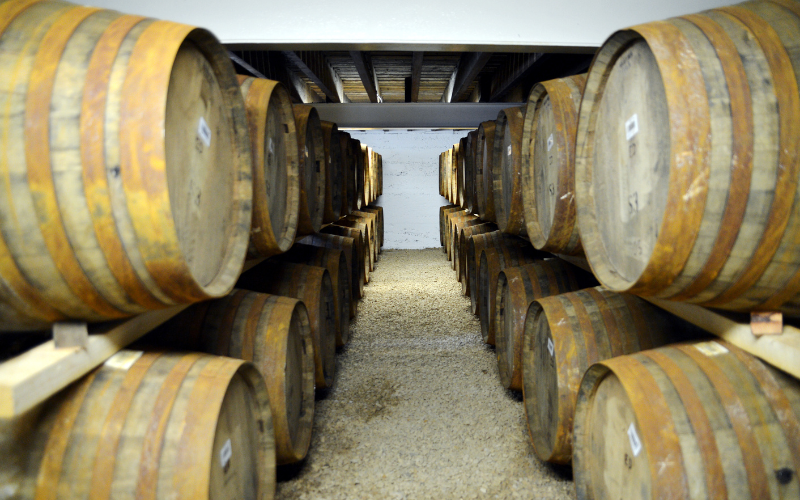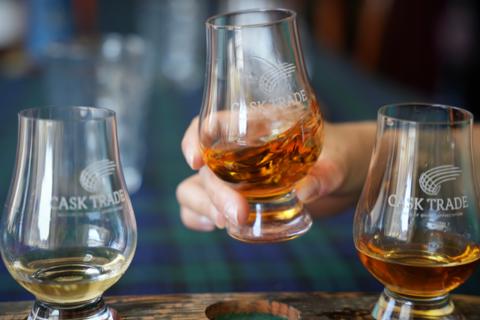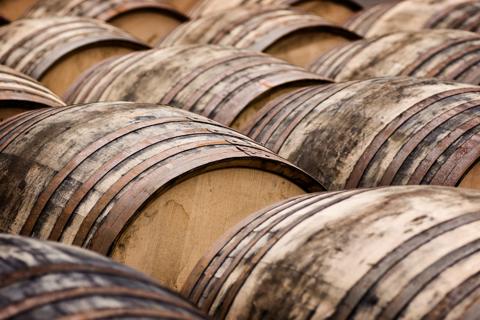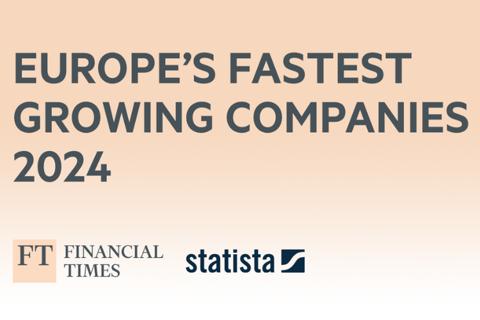
Unless you have a crystal ball, buying alternative investments at the lowest prices and selling at the highest is incredibly difficult.
It is more realistic to buy and sell somewhere in the middle, hopefully at a profit. My feeling is that this year the cask whisky market is somewhere in the middle.
The impact of COVID
With bars and restaurants closed during Covid, there were a large amount of un-drunk and unsold bottles. Distilleries were considered part of the group of essential services and remained operational, producing huge amounts of hand sanitiser and whisky throughout lockdown.
As the world came out the pandemic there was optimism, the world economic situation didn’t feel as terrible as it does now, interest rates were still low, and consumerism was returning. There were certainly fewer global obstacles to financial recovery than there are today.
In the world of whisky, casks were rising in price. Some brands like Ben Nevis had become very popular and the price of these casks rose exponentially, as had other brands which had not been considered so trendy a couple of years previously.
2022 saw cask prices rise significantly and by that by the beginning of 2023 they were the highest they had ever been. This was caused by a contraction in the availability of casks and an increase in the number of cask companies selling whisky as an investment.
To compound matters, some of these cask companies (being at the end of a supply chain) were also charging well above market value for casks. Ultimately whisky needs to end up in a bottle, and when casks are too expensive to bottle something needs to change. The prices were becoming unsustainable which led to many independent bottlers reduced their orders, and some of the smaller, newer companies ceased bottling all together.
Further global and political changes
Then the world started to change. There were big knock-on effects from the war in Ukraine, the Brexit effect started to kick in, supply chains around the world were aggravated by freak events such as the Suez Canal blockade. These events caused global inflationary economic pressures and interest rates increased. There was political turmoil in the UK culminating in the disastrous economic decisions made by the short-lived Truss government which caused interest rates to rise more rapidly.
The whisky cask market also started to change. With harder economic times, customers were buying less, drinking less and becoming more discerning in their purchases. Over the course of 2023 more casks were coming to market, coupled with this higher supply, demand was slowing causing the prices of whisky casks to steadily reduce over 2023. Now in 2024 there is more choice and with more choice, more thought needs to go into what to purchase.
The prices of casks have not become so low that one would consider the cask market is crashing, far from it, but there does seem to have been a welcome correction in the market which has helped the market continue to be strong overall.
How has this impacted cask ownership?
Given the recent adjustment in cask prices, at the time of writing I recommend against selling any cask acquired in the last three to four years, unless it's imperative. Whisky investment inherently plays the long game, with a ten-year holding period being ideal. Even for casks purchased at peak market prices a few years back, the ten-year maturation period before bottling should ensure a positive outcome.
A good time to buy?
It might not be the best time to sell a cask, but in my opinion, this could be a very good time to buy. There is plenty of choice on the market, and the prices are more reasonable than in previous years. And although prices may continue to fall, at this stage they are just as likely to hold for a while before rising again. Returning to the old adage, of not being able to buy at the bottom and sell at the top of a market, I think now is not a good a time as any, but a better time than most to buy casks.
Repeating what I said earlier that timing the market to buy at its lowest and sell at its peak is nearly impossible, I believe that now is an opportune moment to buy.
So, if you have made the decision to buy a cask, the next logical question is what to buy. With a good variety of casks on the market which I expect to continue this year, I would buy casks with full naming rights from the distillery it comes from. If price sensitivity is an issue, and therefore buying full naming rights cask beyond is budget, a secret distillery would be good alternative, such as a secret Speyside. There are some well-known commercial names like Williamson from Laphroaig which will always be desirable and much less expensive than their distillery named brothers and sisters.
Looking beyond Scotch
Within the cask whisky industry, Scotch is not the only show in town. There are many whisky distilleries around the globe gaining a reputation for their commitment to quality from the likes of Milk and Honey in Israel to The Cotswolds Distillery in England who are producing exceptional whiskies. Casks from such distilleries can serve as an interesting addition to a diversified portfolio.
Beyond whisky, rum is becoming an interesting investment. Mark Reynier, who revitalised Bruichladdich, and now owns Waterford distillery in Ireland, started a new state of the art rum distillery in the Caribbean called Renegade. If this distillery is as successful as his previous ones, then a cask of Renegade would be a fantastic portfolio play.
Conclusion
In summary, for a successful cask portfolio, it's best to focus on diversity and a long-term approach. If you can only choose one, prioritise the long-term strategy. While it's tough to buy at the lowest and sell at the highest prices, the recent improvement in pricing and availability means you're not buying at peak prices. Now is a very good time to be buying casks. Even if the market doesn't change, a cask will mature ten years, naturally increasing its value with age.


